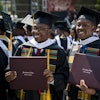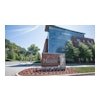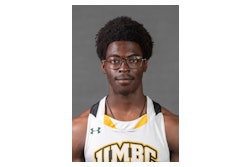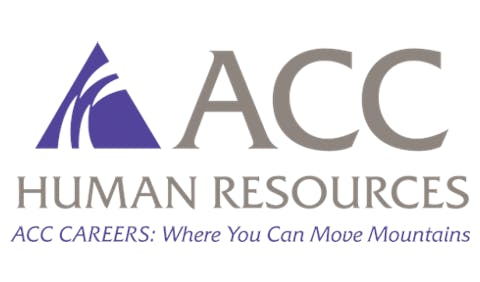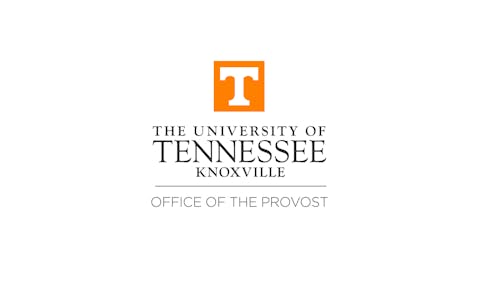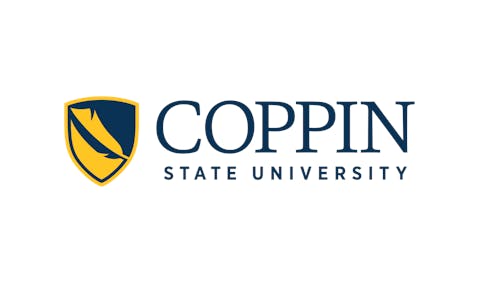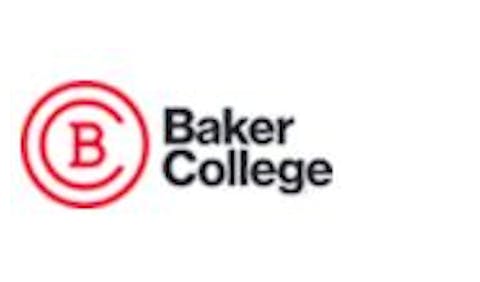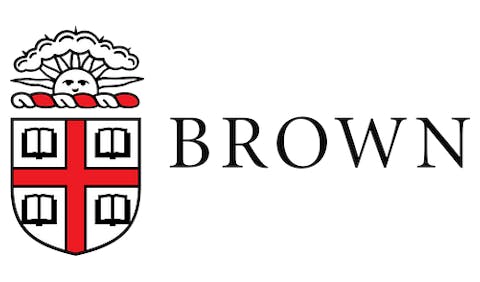Looking for Fair and Balanced News Coverage
When journalist Walid el-Gabry came to the Financial Times’ Manhattan bureau on Sept. 1, 2001, he found a glaring one-sidedness in the U.S. media’s coverage of the Middle East. What happened 10 days later did little to change his perception.
“I don’t think many people here even knew where Afghanistan was, and after the terrorist attacks, the sense of bewilderment was palpable,” he says. “I’ve also seen jingoism in media before … but the excesses in the U.S. media were breathtaking. Add to this the uncritical path taken over the invasion of Iraq, and I felt strongly that mainstream U.S. media had failed its public. It had certainly not lived up to its repute as the Fourth Estate — something I had studied and admired as a student journalist in London.”
El-Gabry joined the New York Media Committee of the American-Arab Anti-Discrimination Committee (AADC) and was “appalled by not only the blatant bias of Middle East coverage but what could only be characterized as racism — particularly in editorials — ranging across low-brow to high-brow publications.”
Despite the concerns of el-Gabry and others, New York’s AADC chapter had little luck persuading the editorial boards of several newspapers to provide more balanced coverage.
Although attempts were made in the past to organize a formal body, nothing really took off. Finally, with several other like-minded journalists, the Arab and Middle Eastern Journalists Association (AMEJA) was born last year, with el-Gabry as its first president. The organization currently has almost 100 members, representing several countries and religions.
Besides being a useful networking tool, AMEJA also provides a forum for all journalists to discuss how the mainstream media cover the Middle East and its people.
“We have problems with government censorship in most of the Middle East,” says el-Gabry. “These discussions can sometimes get quite heated and this is all to the good. Journalists should always question. It is their raison d’etre.”
He recognizes that news organizations inevitably reflect the interests and prejudices of the communities they serve. But while some openly identify their ideological bent, el-Gabry says others cloak it in claims of objectivity. He gives the example of The New York Times, which had to make a conscious effort to run a series of “normal stories” on the Arab community.
“When a group of people have been stigmatized as problematic, then news concerning them tends to be framed in that way,” he says.
For more information on the association, visit <www.ameja.org>.
— By Shilpa Banerji
© Copyright 2005 by DiverseEducation.com


